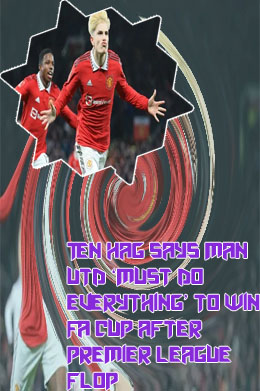When it comes to West Ham colours, there is a rich history and tradition behind the club's iconic claret and blue design. Understanding the significance of these colours and how they have evolved over the years can provide valuable insights into the club's identity and culture. The following articles delve into various aspects of West Ham's colours, from their origins to their impact on the team's fanbase and beyond.
The History of West Ham United's Claret and Blue Kit

West Ham United, a football club based in East London, has a rich history when it comes to their iconic claret and blue kit. The origins of the club's colors can be traced back to their founding in 1895, when they adopted the claret and blue colors of their predecessor, Thames Ironworks FC. The distinctive colors have since become synonymous with the club and are instantly recognizable to fans around the world.
Over the years, West Ham United's kit has undergone various changes and updates, but the claret and blue colors have remained a constant. The claret shirt with blue sleeves and white shorts has become an integral part of the club's identity and is worn with pride by players and supporters alike. The kit has also featured different sponsors and designs, but the iconic colors have always been front and center.
The history of West Ham United's claret and blue kit is not just a matter of aesthetics; it is a reflection of the club's tradition and heritage. The colors represent the club's working-class roots and the pride of its East London community. For fans, wearing the claret and blue kit is a way of showing their allegiance to the club and its history.
Exploring the Symbolism Behind West Ham's Colours

West Ham United, a football club based in East London, is known for its iconic claret and blue colours. Many fans may not be aware of the deep symbolism behind these colours, which have been a part of the club's identity for over a century. Claret represents the traditional colour of the team's shirts, while blue symbolizes the sky and the Thames River, both integral parts of the club's heritage.
The claret and blue colours have become synonymous with West Ham, instilling a sense of pride and unity among players and supporters alike. The colours also reflect the club's working-class roots and the community's resilience in the face of adversity. Additionally, the combination of claret and blue represents strength, courage, and determination, qualities that have defined West Ham's ethos on and off the pitch.
One practical use case of the symbolism behind West Ham's colours can be seen in the club's recent success in securing sponsorship deals. By leveraging the powerful imagery associated with claret and blue, West Ham has attracted lucrative partnerships that have boosted their financial standing and global presence. This positive outcome demonstrates the value of understanding and harnessing the symbolism behind a team's colours for commercial success. In conclusion, the symbolism behind West Ham's colours goes beyond aesthetics; it embodies the
How West Ham's Kit Colours Have Evolved Through the Years

From their <a href"/">Fixed Matches football Tips inception in 1895, the club has gone through various iterations of their kit colours, reflecting the changing trends and preferences of the time.
The Psychological Impact of Claret and Blue: How West Ham's Colours Affect Players and Fans
The colors of a sports team can have a profound impact on both players and fans. West Ham United, with their iconic claret and blue colors, evoke strong emotions and psychological effects among those associated with the club. The history and tradition behind these colors play a significant role in shaping the identity and mindset of the team.
For players, wearing the claret and blue kit can instill a sense of pride, belonging, and unity. The colors create a sense of camaraderie among teammates and can boost morale on the pitch. On the other hand, opposing teams may feel intimidated or overwhelmed by the imposing presence of West Ham's colors, affecting their performance.
Fans, too, are deeply affected by the colors of their beloved team. Seeing the claret and blue evoke feelings of passion, loyalty, and excitement. The colors can create a sense of community among supporters and foster a strong sense of belonging to the club.
Understanding the psychological impact of claret and blue on players and fans is crucial for sports psychologists, coaches, and marketers. By harnessing the power of these colors, teams can create a strong emotional connection with their audience and enhance performance on the field.